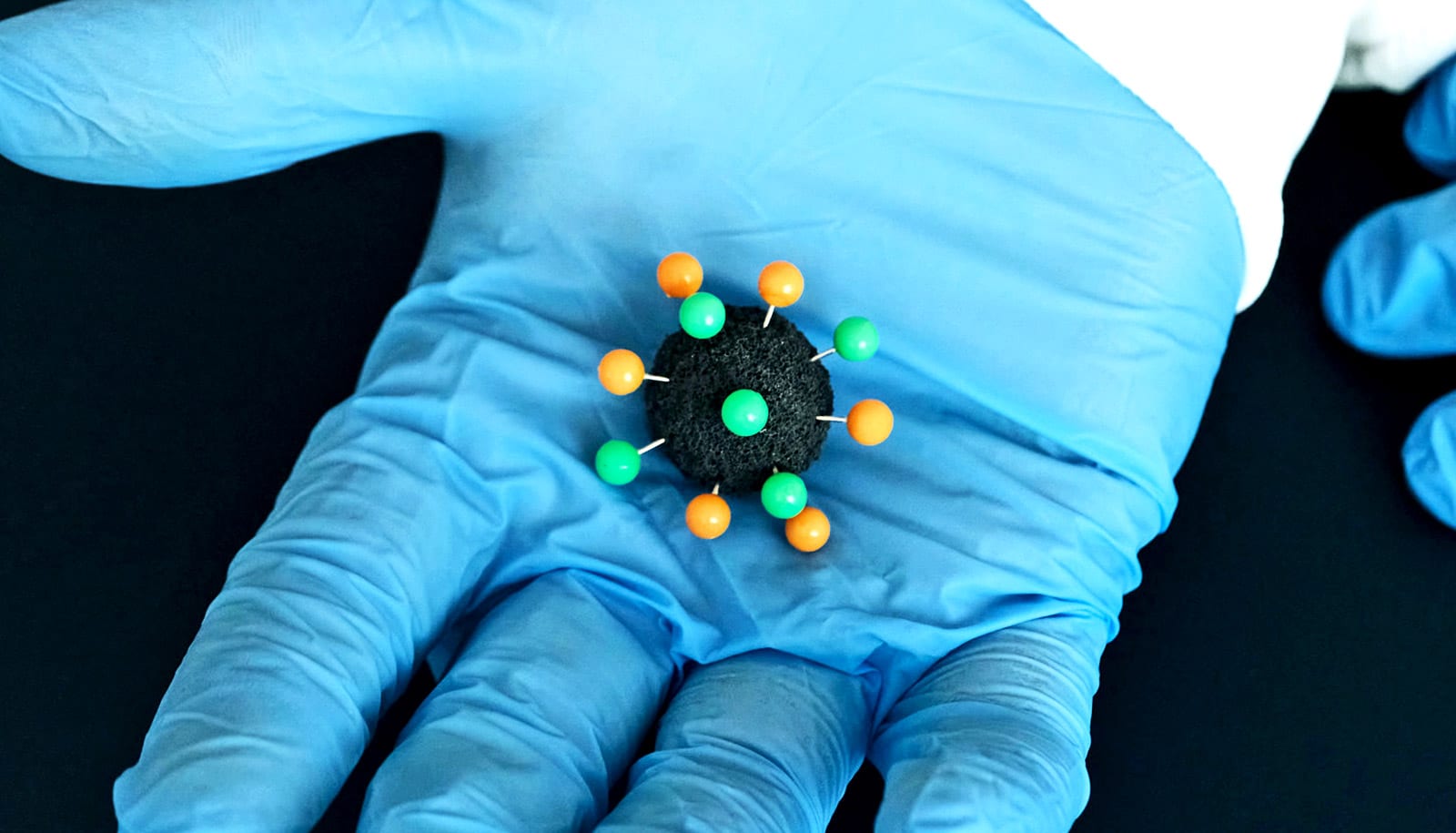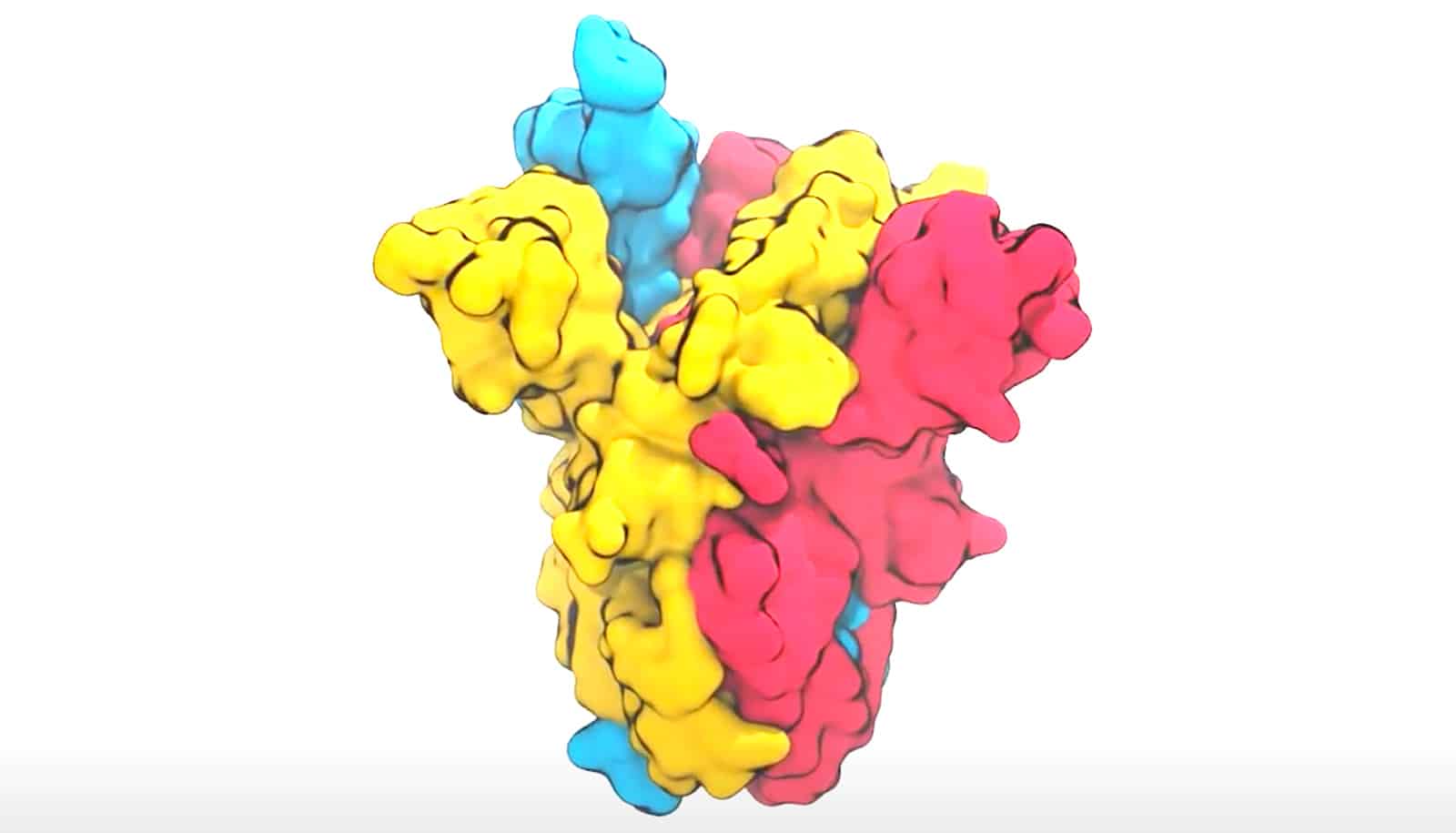More than four million computers are now helping researchers fight the COVID-19 pandemic by using the freely available software Folding@home.
When the crowdsourced supercomputing project first announced a shift to coronavirus research they asked for new volunteers to run its software and expand its computing capacity.
“We’ve got an incredible community—here and out in the world—contributing to the scientific process of understanding this virus.”
Organizations and citizen scientists from all walks of life heeded the call. Now, about four months later, the number of volunteers has increased a hundredfold.
Based at Washington University School of Medicine in St. Louis, the computing project simulates the movements—or folding—of proteins involved in disease. Researchers leading the effort pivoted quickly to COVID-19 and found a wealth of people eager to help.
You can download the Folding@home software and start contributing to COVID-19 research here.
How does Folding@home work?
Before the switch to the novel coronavirus, about 30,000 devices were running Folding@home software.
With the prospect of contributing to coronavirus research, new volunteer “folders” boosted that number to over four million to date, with major companies and organizations eager to donate their own computing resources to the cause.
Many of the companies lending support are involved with computer technology, including those that make graphics cards for video gaming, antivirus software, and cloud computing systems.
Even professional sports have jumped in to help. La Liga, the Spanish professional soccer league, shifted the use of its supercomputer from a focus on catching illegal broadcasts of games—the league’s soccer matches were halted during the peak of the pandemic—to a focus on protein folding.
“We’re basically building maps of what these viral proteins can do.”
“We’ve got an incredible community—here and out in the world—contributing to the scientific process of understanding this virus,” says Greg Bowman of Washington University School of Medicine, who leads Folding@home. “The outpouring of support has been extraordinary.”
The project relies on the combined processing power of volunteers’ home computers to perform the billions of calculations required to simulate how proteins move. Understanding how they move—or fold into their characteristic shapes—can reveal how they work. It also can uncover ways to interfere with harmful proteins.
With the focus on COVID-19, Bowman and his collaborators are working to understand the proteins that allow the novel coronavirus to invade cells, multiply, and spread. That knowledge could lead to new treatments.
Working together to learn more
“We’re basically building maps of what these viral proteins can do,” says Bowman, also an associate professor of biochemistry and molecular biophysics at the School of Medicine. “If we compare this to maps of cities and towns, this map would show protein structures.
“We don’t have a way to take a satellite image of this area we would like to map,” he says. “Instead, we’re trying to build this map by having lots of people run simulations on their separate computers and send us back the data.
“In the map analogy, this is like having people around the globe jump in their cars and drive around their local neighborhoods and send us back their GPS coordinates at regular intervals. If we can develop detailed maps of these important viral proteins, we can identify the best drug compounds or antibodies to interfere with the virus and its ability to infect and spread,” Bowman says.
Calculations on this scale require tremendous computing power. With the surge of new participants, Folding@home’s distributed computing network now has more raw computing power than the world’s largest 500 traditional supercomputers combined.
In the spirit of open science and the quick dissemination of crowdsourced research about COVID-19, the Folding@home team will share their data in public databases and publish their findings on free and open-access preprint sites, such as bioRxiv.
Washington University’s Office of Information Technology helps manage the Folding@home servers. Microsoft, Avast, Amazon Web Services, Pure Storage, AMD (Advanced Micro Devices), VMware, Cisco, and Oracle all support the project. Microsoft’s AI for Health initiative has donated computing space in Microsoft Azure, the company’s cloud computing system. Other contributors include CERN, the European Organization for Nuclear Research, which runs the Large Hadron Collider, the world’s most powerful particle accelerator. Folding@home also recently received a grant from the National Science Foundation (NSF) called a RAPID award.



